
DALL-E 2 is one of the best “Text-to-Art” image generation AIs, enabling you to create artistic images from simple text. Find out how to register and use it in our complete guide!
Initially launched as a beta version in April 2022, DALL-E 2 quickly created a buzz on the web and networks. The tool has established itself as one of the most advanced AI image generators, particularly for the creation of photorealistic images.
You’ve probably already seen examples of DALL-E 2 creations on the web, easily recognizable by the colored squares serving as watermarks in the bottom right-hand corner of the screen. Visit images generated by this tool are impressive.
Access to DALL-E 2 was reserved for a select few. Only a select few could experiment with OpenAI’s image-creation AI.
Other similar tools such as Stable Diffusion and MidJourney were available to all, but DALL-E 2 was more restricted. Those wishing to use it had to join a waiting list.
This is no longer the case. Since September 28, 2022, OpenAI announced the opening of DALL-E 2 and the removal of the waiting list. Anyone can now give free rein to their imagination by creating images using AI.
What is DALL-E 2?
DALL-E 2 is an artificial intelligence-based image generation platform. Developed by OpenAI, this tool enables users to generate images by simply entering text.
The user describes the subject and style of the image and DALL-E 2 generates it. To be able to understand the user’s words and illustrate them, this AI was trained on a database of over 650 million images and captions using Machine Learning.
In parallel, DALL-E can also be used to edit an existing image or create variants. A recently added feature also allows you to extend an image beyond its existing frame.
The name DALL-E is a cross between the artist Salvador Dali and the animated film WALL-E by Pixar. The tool is based on OpenAI’s GPT-3 AI, capable of understanding and processing human natural language and converting it into images.
What is DALL-E 2 for?
DALL-E 2 lets you create a multitude of images in a wide range of styles. This AI can even reproduce the style of famous artists. In Germany, an art institute maintains an evolving art exhibition using DALL-E 2 to generate works based on trending topics on Twitter.
In addition to the artistic dimension, this tool can be used for design, architecture or even marketing. Several brands, including Heinz, have used it to create experimental advertisements. DALL-E 2 could also be useful for speed up background creation for video games and movies.
In general, this artificial intelligence ” Text-to-Art Text-to-Art” is a way of experimenting with art, generating and testing new ideas.
According to OpenAI, more than 1.5 million people use it to create over 2 million images a day. These users range “from artists and creative directors to writers and architects”. The company adds that around 100,000 of them share their creations and comments. on the official Discord server.
To understand how the AI image generator works, you need to be familiar with the following concepts:
CLIP means Contrastive Language-Image Pre-training (contrastive language-image pre-training). This is perhaps the most important element of the DALL-E 2 architecture. The approach is based on the idea that it is possible to use natural language to teach computers the relationship between different images.
CLIP consists of two neural networks:
- a text encoder
- and an image coder.
Both are trained on large and diverse collections of image-text pairs. The model analyzes these pairs of images and captions to create vector representations called “text/image embeddings” . In other words, CLIP acts as a bridge between text (input) and image (output).
Previous model takes a caption/CLIP text embedding and uses it to generate CLIP image embeddings.
Decoder broadcast model (unCLIP) the inverse of the original CLIP model generates images using CLIP image insets.
DALL-E 2 creates a result by combining previous models and aCLIP. The image below roughly describes the underlying process.
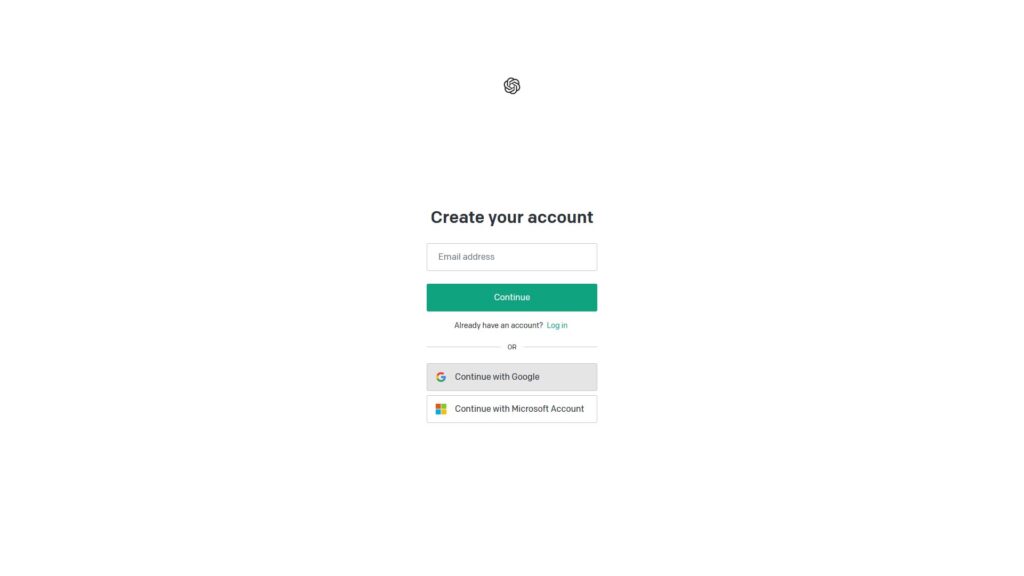
Initially launched in April 2022, DALL-E 2 was only accessible by waiting list for five months. Since September 2022, access is now open and anyone can register from the official website.
According to OpenAI, ” reasonably expand a system as powerful and complex as DALL-E, while learning all the creative ways in which it can be used and diverted, has required an iterative deployment approach “. These few months enabled the company to better identify the dangers associated with its AIand to strengthen safety barriers sufficiently to open it up to the general public.
- All you need to do is create an account on the OpenAI website. To do this, you’ll need to enter your email address and a security code, and create an eight-digit password.
- You will then receive an email containing a link, which you must click to verify your account. You will also receive an SMS code to confirm your identity. Alternatively, you can create an account using your Google or Microsoft account.
- Finally, click on the “ Continue “to accept the terms of use.
Some Internet users are experiencing difficulties, however. On Twitter and Instagram, several people are complaining that DALL-E 2 is inaccessible in their country or they receive an error when trying to register. There’s still no API for DALL-E 2, but OpenAI is working on it.
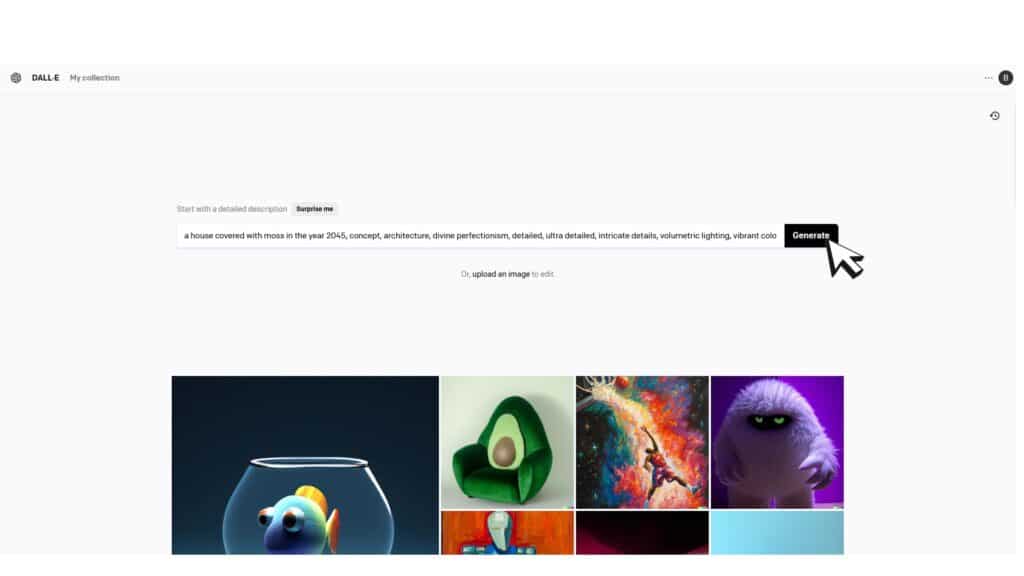
Once registration is complete, you can start to write your first descriptive text or “prompt in English. All you have to do is describe the subject of the image and the desired style, and the AI will take care of creating it.
Once you’ve created your account, you’ll see a large text box on the screen. This is where you can write a description of the image you want to create, including a maximum of 400 characters.
Try to be as detailed as possible, and click on “generate”. You’re done, DALL-E 2 creates four images based on your text. If you receive an error message, you can try again.
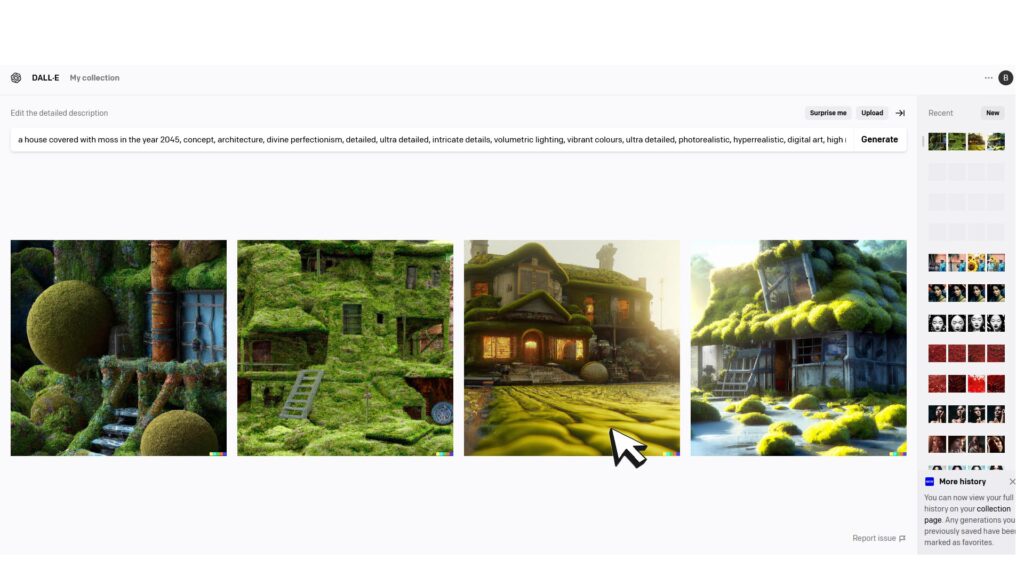
Don’t hesitate to edit your prompt as many times as necessary to improve the result. However, bear in mind that each new image generation will cost you credits.
If you like one of the four images generated, click on it. You can then download it by clicking on the arrow at the top right of the image. You can also edit the image by clicking on the “edit” button, using tools such as an eraser or importing images to add. You can also create alternative “variations” of the image.
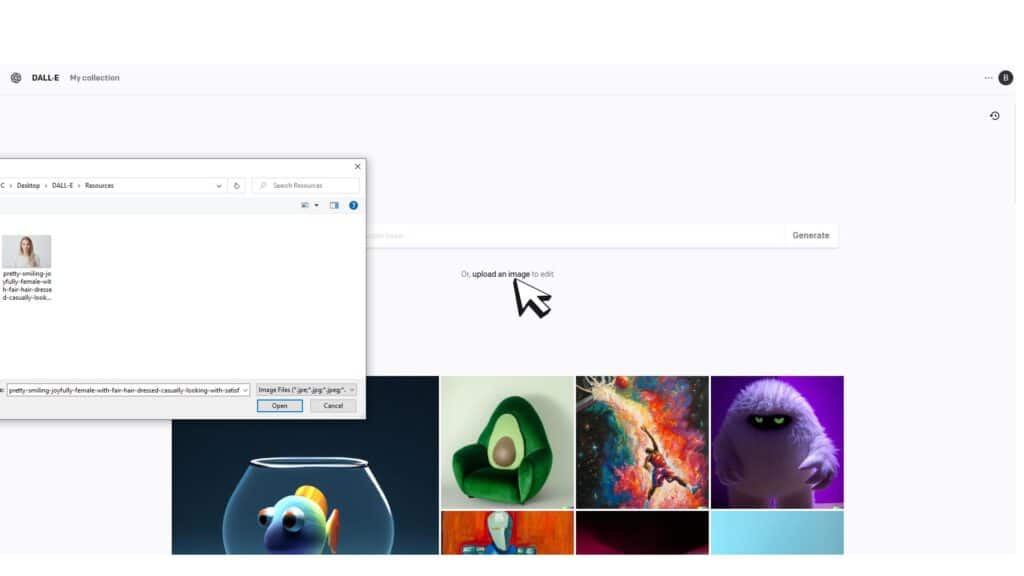
Another way of using DALL-E 2 is to download an image from your computer or your smartphone, in order to modify it. Beneath the text box, you’ll find a link to upload it.
The image will be automatically cropped to a square. Once you’ve downloaded it, you can let DALL-E 2 create its own variations or edit the image as you wish.
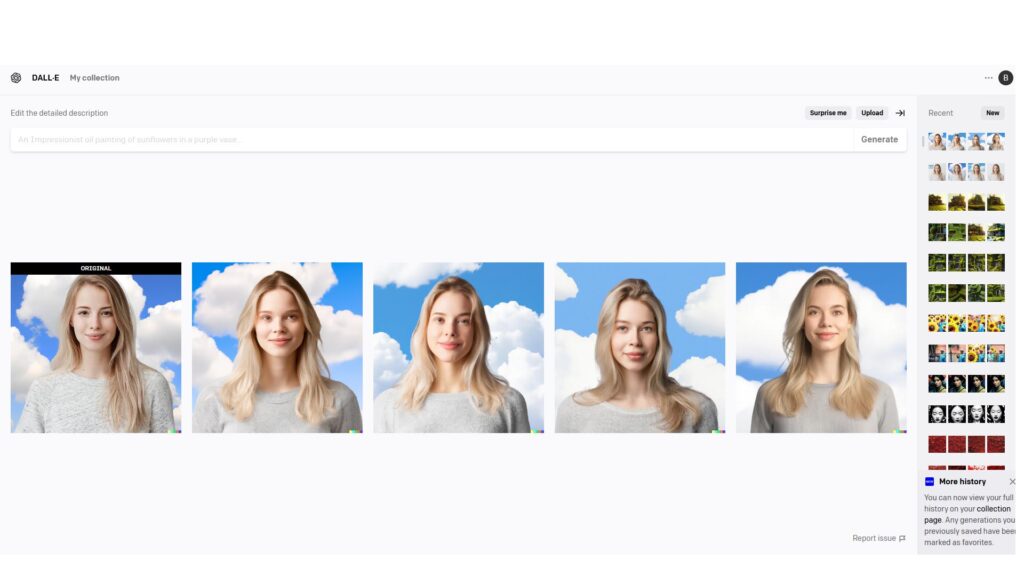
DALL-E 2 Outpainting to extend a work of art beyond its frame
The Outpainting function, recently added to DALL-E 2, allows you to extend an image beyond its original borders. You can apply it to an image created by AI, or to an image you’ve downloaded.
This new tool has already been used on famous works of art such as the Mona Lisa. The AI adds elements, and the result is quite impressive.
To use this function, generate or download an image, then reduce its size by dragging the corners. Write your “prompt”, and DALL-E 2 will add the following elements in the style of the original work.
Enhance your images with a Prompt Book for DALL-E 2
When you tried Text-to-Art generators like DALL-E 2 for the first time, you probably realized that the result wasn’t quite right. not necessarily up to your expectations and far from the most beautiful images produced with these tools.
To enhance your creations, you can use Guy Parsons’ Prompt Bookpublished on the DALL-Ery GALL-Ery website dedicated to AI art. This visual resource can help you to better formulate your text descriptions and inspire you to exploit the full potential of DALL-E 2.
This 82-page guide reveals the best techniques for perfecting your DALL-E 2 results, including the best adjectives to use to achieve the mood, emotion or aesthetic composition you’re after.
You’ll also receive tips for all types of imagesfrom photography to portraits and landscapes. The different styles of illustration and historical art are covered, as is 3D art.
The book includes advice on angles of view, lighting, lens types and textures. It also shows how to use the various artistic styles.
How much does DALL-E 2 cost?
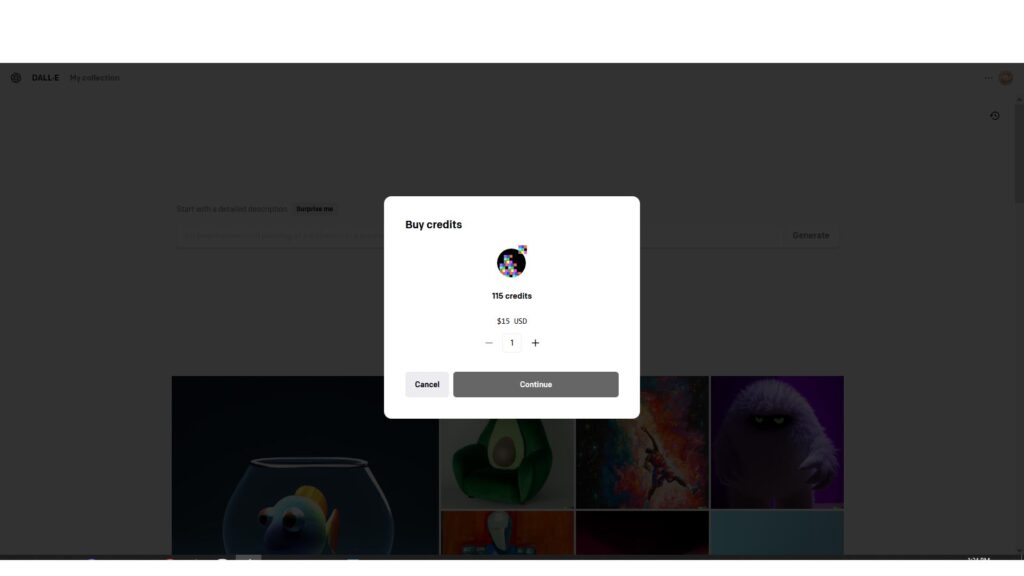
Originally, DALL-E 2 was free to use for the first two months. In July 2022, however, OpenAI introduced a credit system.
These credits are needed to generate art on the platform. Upon registration, users receive 50 free credits. Thereafter, they receive 15 credits per month.
It is also possible to purchase additional credits for 15 for 115 credits. This sum generates around 460 images in 1024×1024 pixel format. Note that artists can apply for a reduced rate at this address.
There are free alternatives to DALL-E 2such as the open-source AI Stable Diffusion, which allows you to create images without censorship. You can also use the DALL-E Mini tool, now renamed CrAIyon following complaints from OpenAI, but this tool offers much more limited performance.
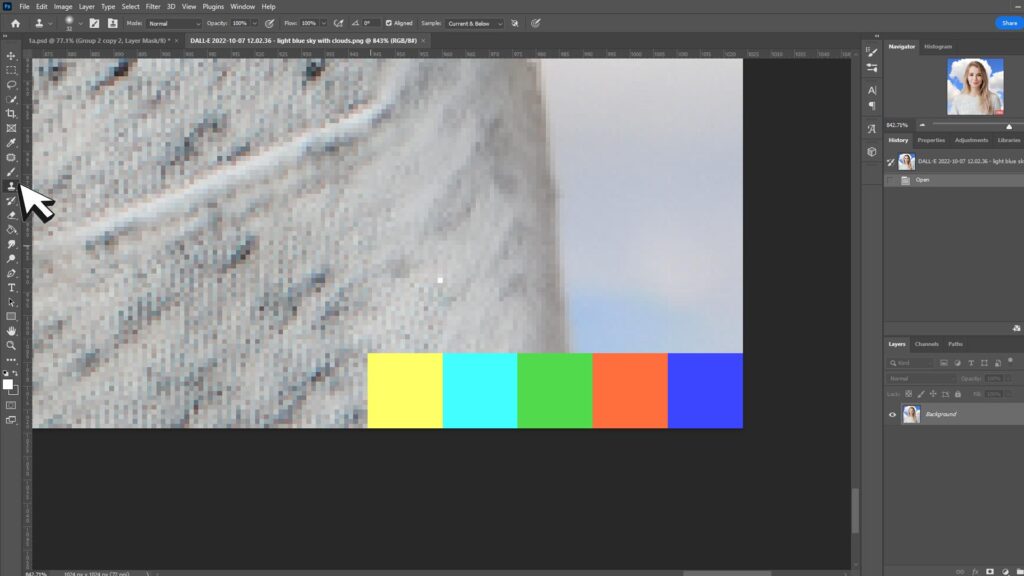
Images generated with DALL-E 2 are easy to recognize. They contain a signature resembling a line of coloured squares at the bottom right of the image.
However, DALL-E 2 regulations allow this watermark to be removed. This is essential for most commercial uses. You can easily remove this signature with any image-editing application such as Photoshop.
It’s also possible to download the image directly without watermark. On a PC, right-click on the image, select “Inspect” and search for the windows.net URL. Copy the image link and open it. It should appear without the logo. On a smartphone or tablet, you can press the image on the generation page and click on “save image”.
The limits of DALL-E 2
The quality of DALL-E 2 results depends largely on the text supplied by the user. The more precise you are, the more likely you are to achieve the desired result. However, the system has certain intrinsic limitations.
For example, it is not yet very proficient in compositionality (although it seems to be improving over time). This means that DALL-E 2 often fails to meaningfully merge multiple objects or object properties such as shape, orientation and color.
But that’s not all. The program may also fail to function correctly, even with (relatively) simple instructions. For example, if the data labeling is incorrect, it may produce false resultsjust like someone who has learned the wrong word. Or, when given text that he has not previously learned, he will try to produce results similar to those he saw during training, but the results may be too different.
We think it’s exciting to see how DALL-E develops over time and how it can be applied to new areas using what it has learned.
Concerns within the limits of DALL-E 2
OpenAI has programmed DALL-E 2 not to create images of public figures and celebrities. In fact, it does not generate images containing realistic faces or real people. This is a step in the right direction for prevent misuse of the program. However, given the increasing availability of fake deep applications, malicious actors could take a DALL-E image and embed someone else’s face in it.
Copyright infringement could also become a major problem as DALL-E 2 gains popularity. OpenAI claims that users “enjoy full commercial rights to the images they create with DALL-E, including the right to reprint, sell and market them”. However, AI-based art generators depend on the work of human artists to analyze, learn and create art. The possibility of a violation of intellectual property laws, even if unintentional, cannot therefore be ruled out.
What are the prohibitions?
Before opening up access to its tool, OpenAI made sure to implement strict rules to avoid “bias and toxicity” in the images generated by DALL-E 2. In particular, a number of changes were made. These include generate images that “better reflect the diversity of the world’s population”. if gender or ethnicity is not specified in the “prompt” text.
In addition, DALL-E will automatically reject images containing realistic human faces or resembling public figures such as stars or politicians.
OpenAI also does not allow the creation of images that may cause offence. This includes images showing self-mutilation, hate symbols or illegal acts. Automated monitoring systems and human moderators take care of censoring prohibited content.
Previously, OpenAI prohibited any commercial use of images generated by DALL-E 2. However, the beta version now confers “ full usage rights” for images created with the. This includes the right to sell images, or to print them for use on merchandise.
Another problem is that DALL-E 2’s behavior is unreliable when it comes to compositing. Although this is not a serious problem, it can be detrimental in other cases.
Should we be afraid of DALL-E?
The opening of DALL-E 2 seems consistent with OpenAI’s line of actionwhose name literally means open artificial intelligence “. Everyone will be able to try their hand at AI-assisted artistic creation.
However, this democratization also raises concerns. Remember that DALL-E 2 can produce highly realistic imagesand can also edit real human faces. As a result, cybercriminals could exploit it to create DeepFakes or spoof identities.
Unlike the open-source tool Stable Diffusion, which allows the creation of violent and pornographic content, DALL-E 2 still imposes limits in terms of content.
As OpenAI explains, these safeguards were put in place from the outset and have been improved based on the actual use of this AI. In a blog post, the company explains that these improvements have opened up access.
To prevent forbidden content, OpenAI combines human and automated surveillance. Attempts to create images of public figures are automatically blocked.
Similarly, the dataset used to train DALL-E 2 has been filtered to remove violent, hateful or sexual content. The company explains that it has “ made filters more robust to reject attempts to generate sexual, violent or other content that violates our rules. “. New detection and reaction techniques have also been developed to prevent misuse.
However, in addition to the safety hazards, DALL-E 2 raises copyright concerns. Faced with this problem, Getty has decided to ban AI-generated content from its image bank. Many artists and creators also fear that their profession will become useless…
Our blog is powered by our readers. When you buy via links on our site, we may earn an affiliate commission.